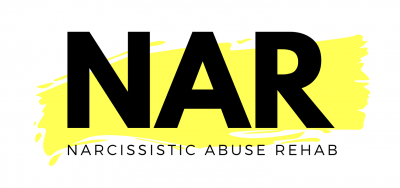MORE THAN 40% of Child/Adolescent to Parent Violence and Abuse (CAPVA) is never reported to the authorities according to a study commissioned by the Mayor of London’s Violence Reduction Unit. What is Child/Adolescent to Parent Violence and Abuse (CAPVA)? Child/adolescent to parent violence and abuse CAPVA) is a term used to described acts of violence perpetrated by minor-, adolescent-, and…
Child-To-Parent Violence
CHILD-TO-PARENT VIOLENCE (CPV) is estimated to occur in up to 1 in 10 families. ITV News reports that a growing number of people are experiencing parental abuse by children. Experts say that the incidence of child-to-parent violence increased during the coronavirus pandemic. Due to the stigma associated with this most taboo form of domestic abuse, two out of three parents experiencing child-to-parent…


